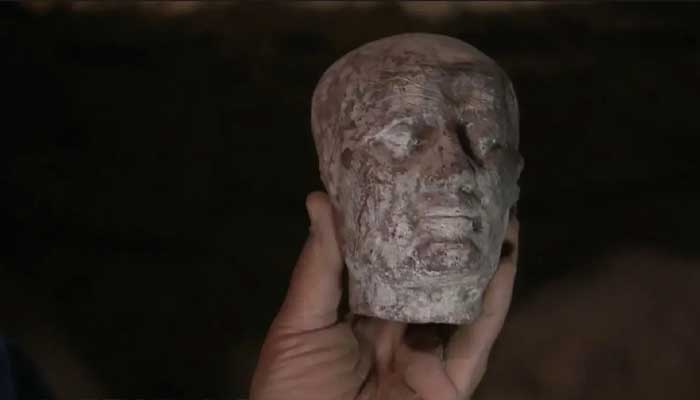
The mystery surrounding the Austrian priest's mummy has been solved!
As reported by Guardian, the researchers involved in the project shared that the body was preserved with the abdominal and pelvic cavities packed with wood chips, fragmented twigs, and fabrics.
The materials were also accompanied by zinc chloride, which would have absorbed fluids inside the body.
Mystery around the Austrian Priest mummy
Curiosity had long revolved around the mummified body stored in the St. Thomas am Blasenstein's church crypt.
The body was speculated to be of an aristocratic vicar, Franz Xaver Sidler von Rosenegg, who died in 1746 at the age of 37.
Due to it's perfectly natural-preserved look, the mummy was referred to as "air-dried chaplain."
Dr. Andreas Nerlich, a pathologist at Ludwig Maximilian University of Munich, Germany and first author of the study, called the discovery a surprise as there was no external evidence for such a process.
Sharing his amusement about the process he noted, "The body wall was not opened – therefore the only entrance possible was the rectum."
Writing in the journal Frontiers in Medicine, Nerlich and his colleagues reported that the mummy had previously been externally examined by experts and via X-rays.
Austrian priest cause of death
Conducting partial autopsy and CT scans – after the team was given the permission during crypt renovation – the man's cause of death was most likely severe bleeding into the lungs as a result of tuberculosis.
